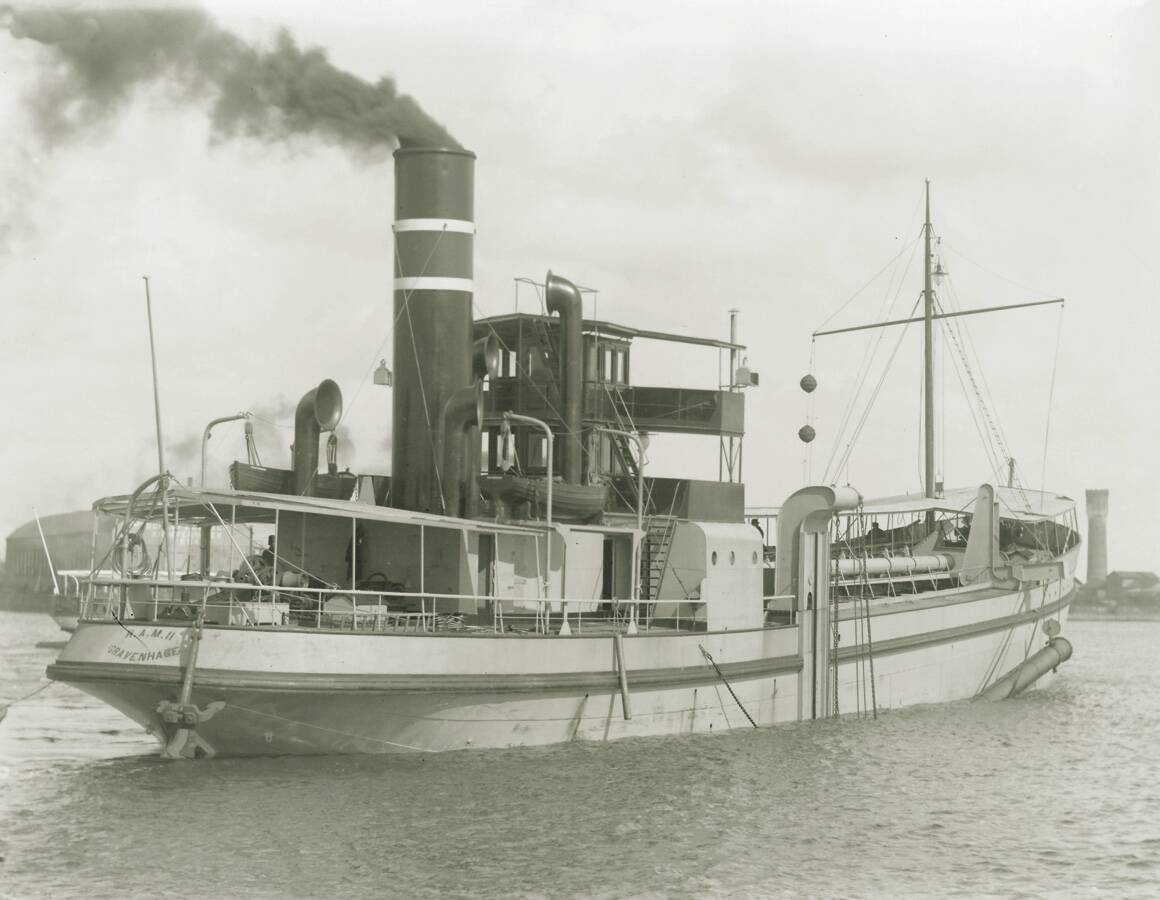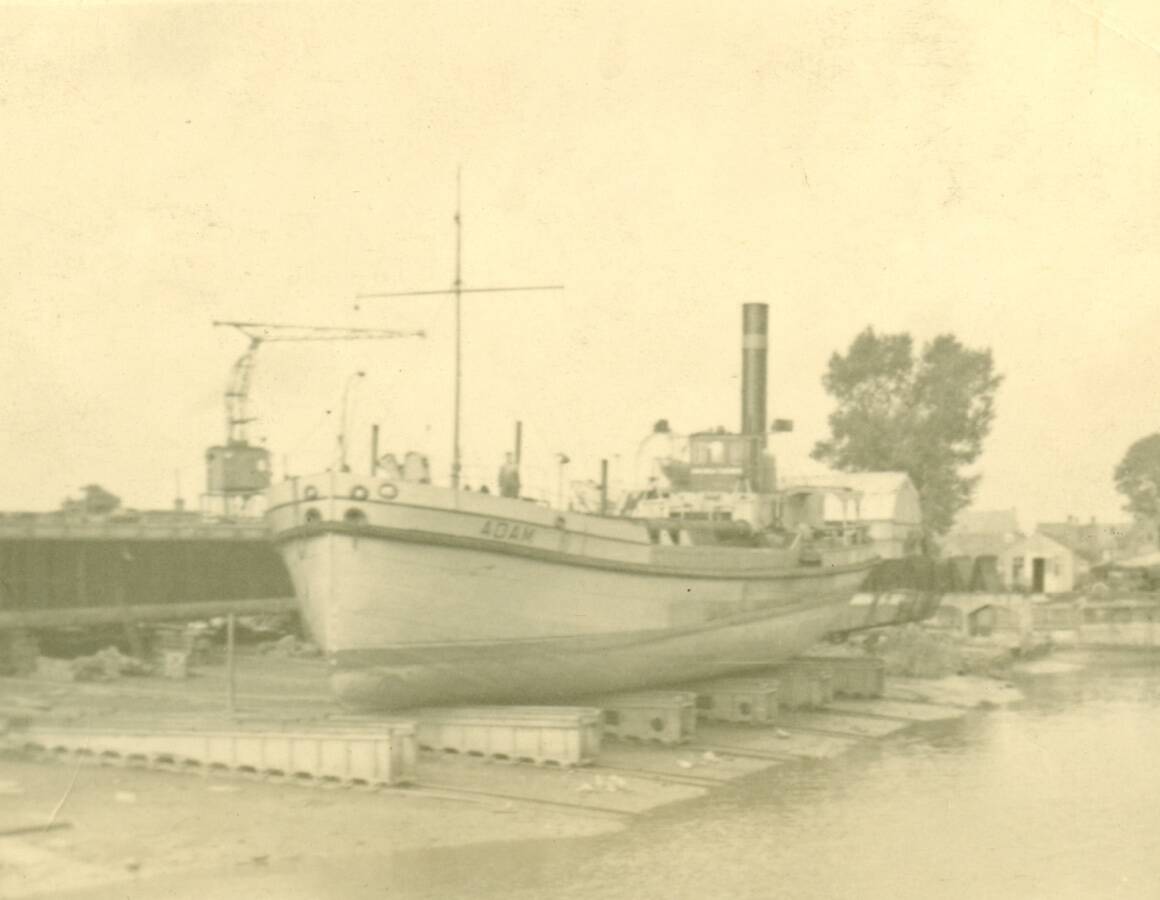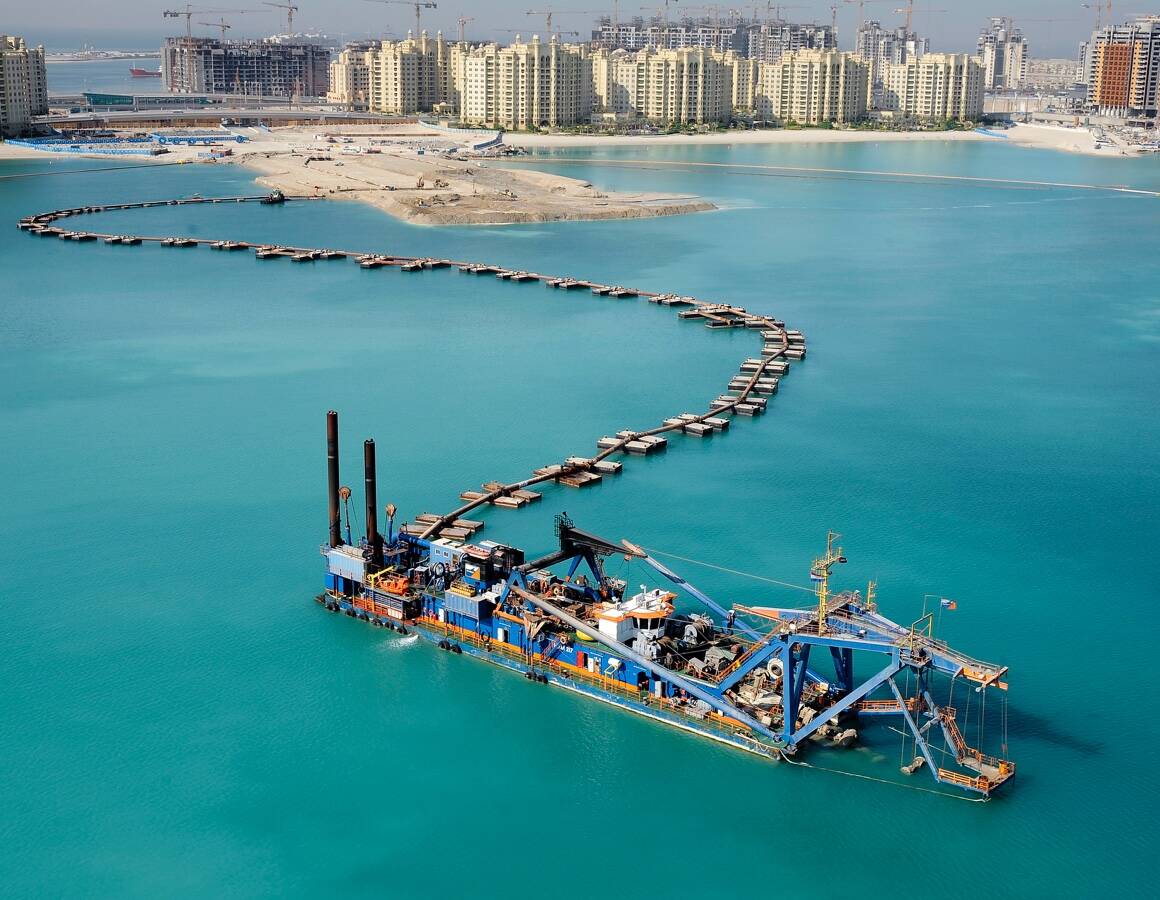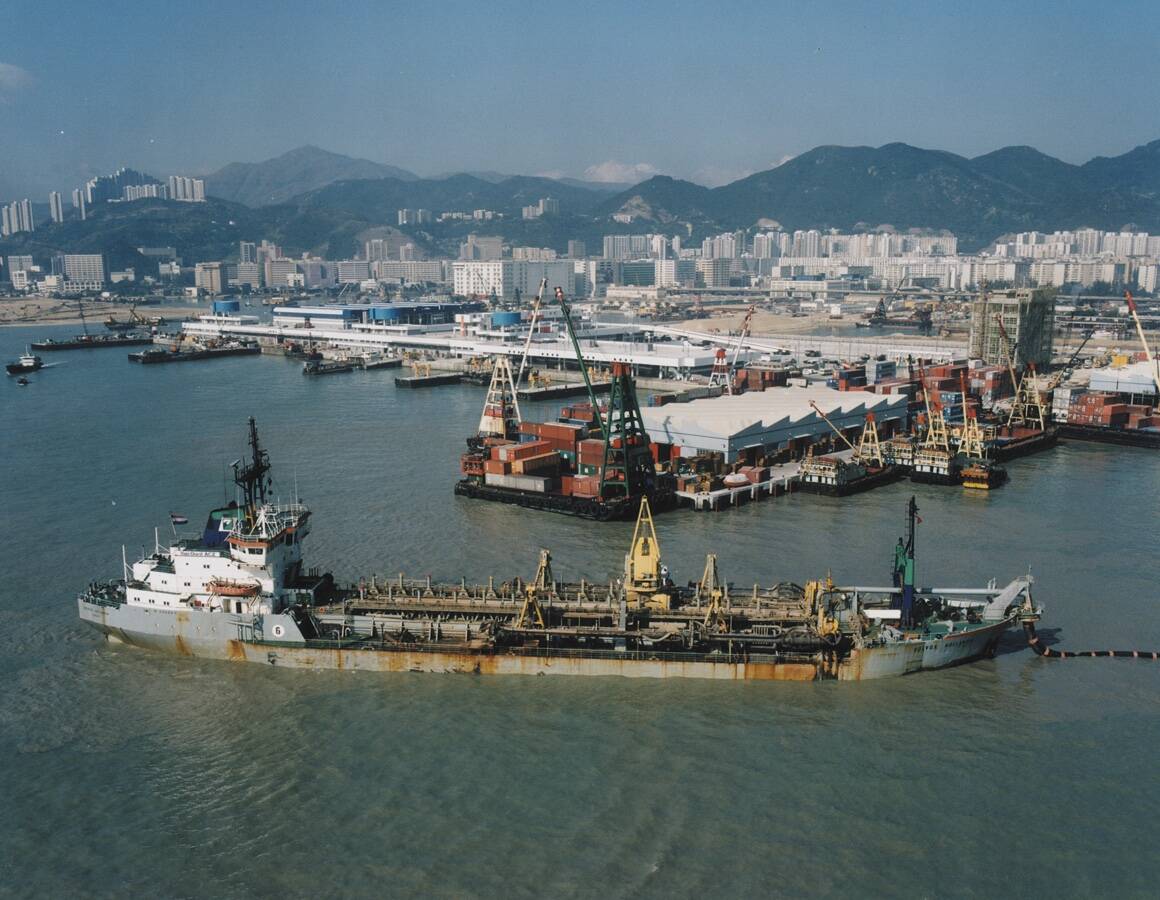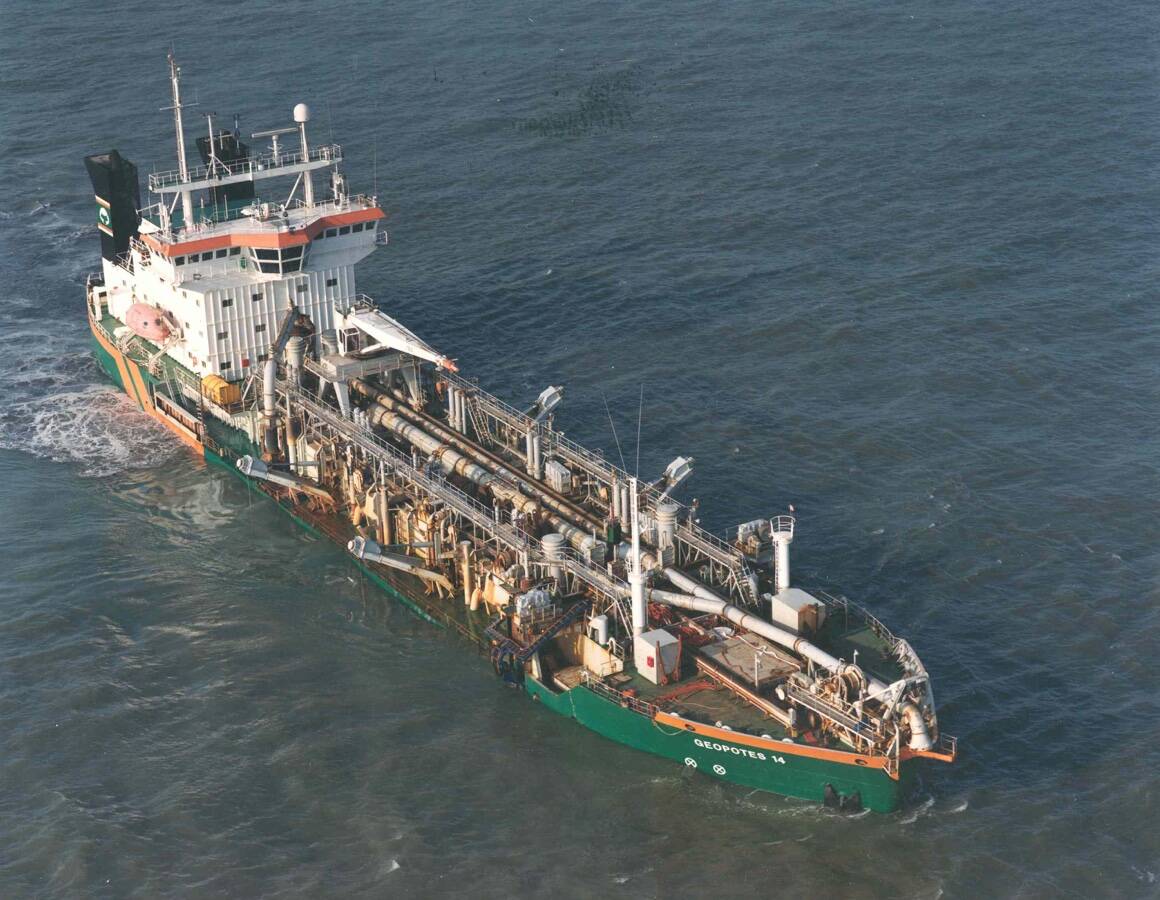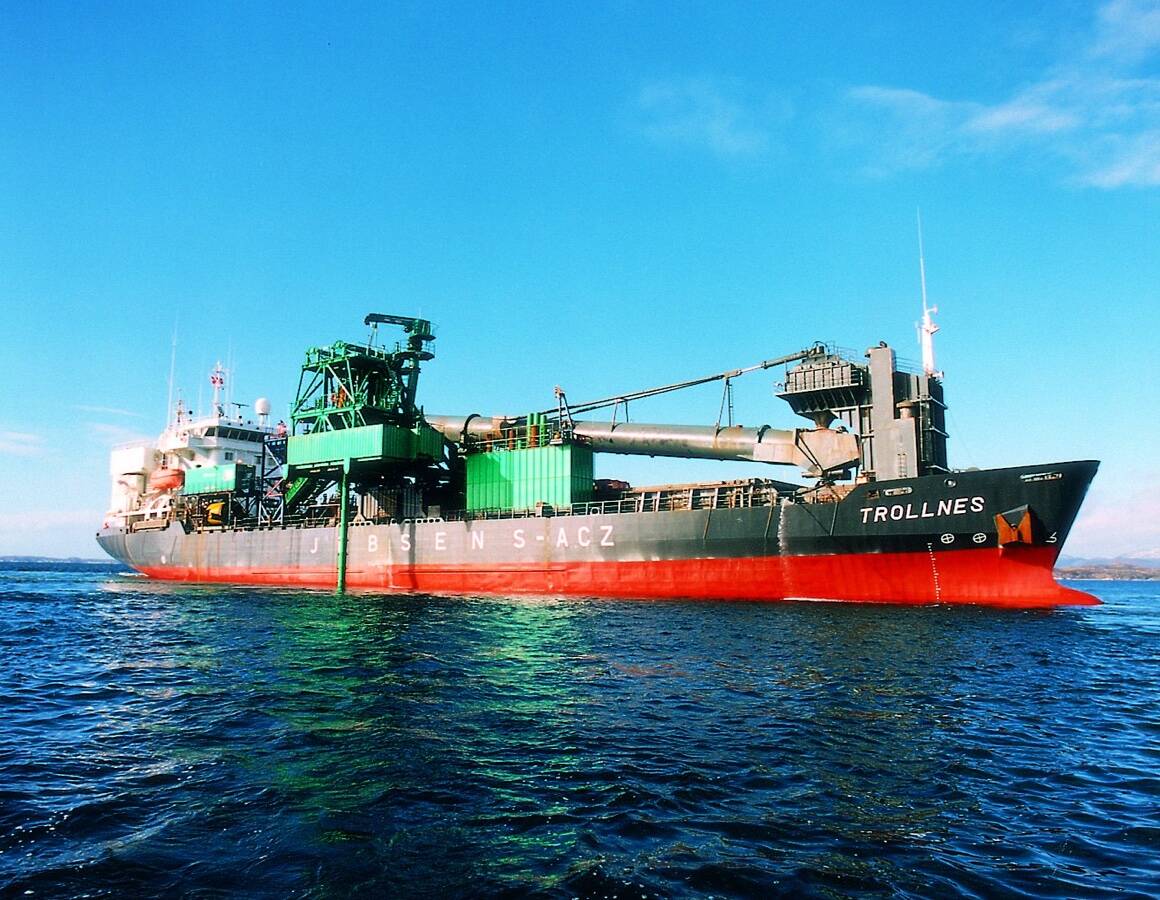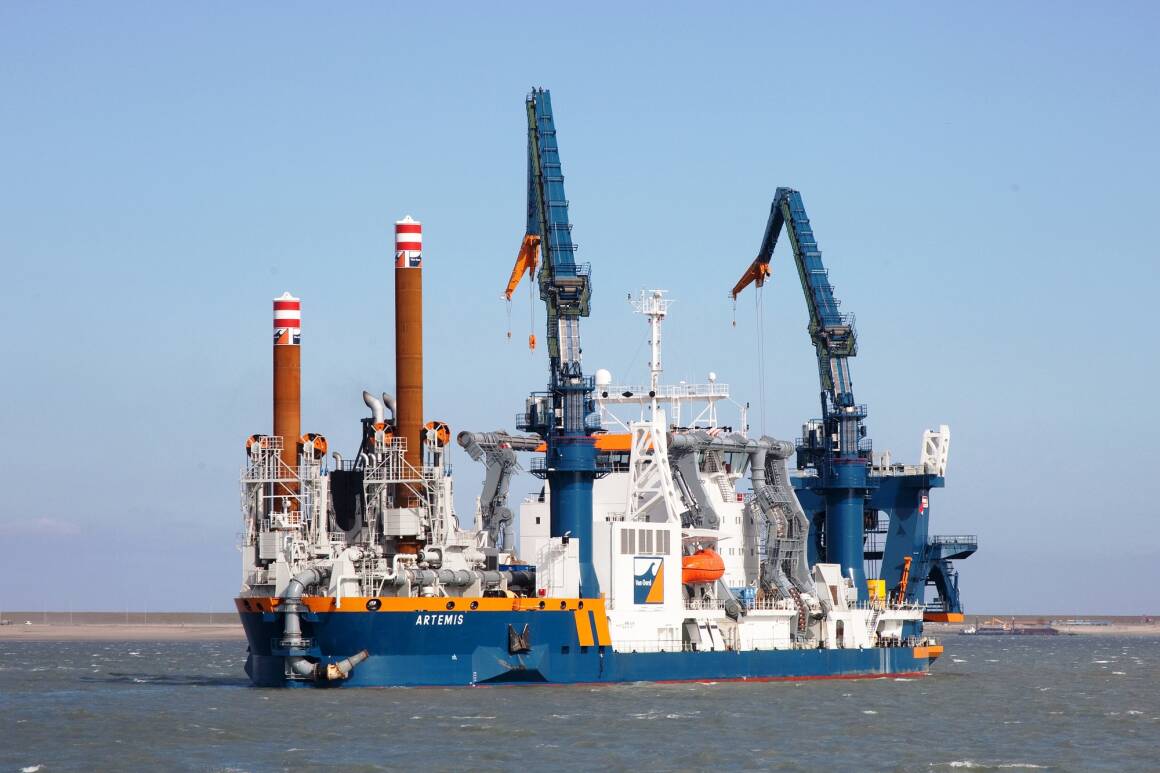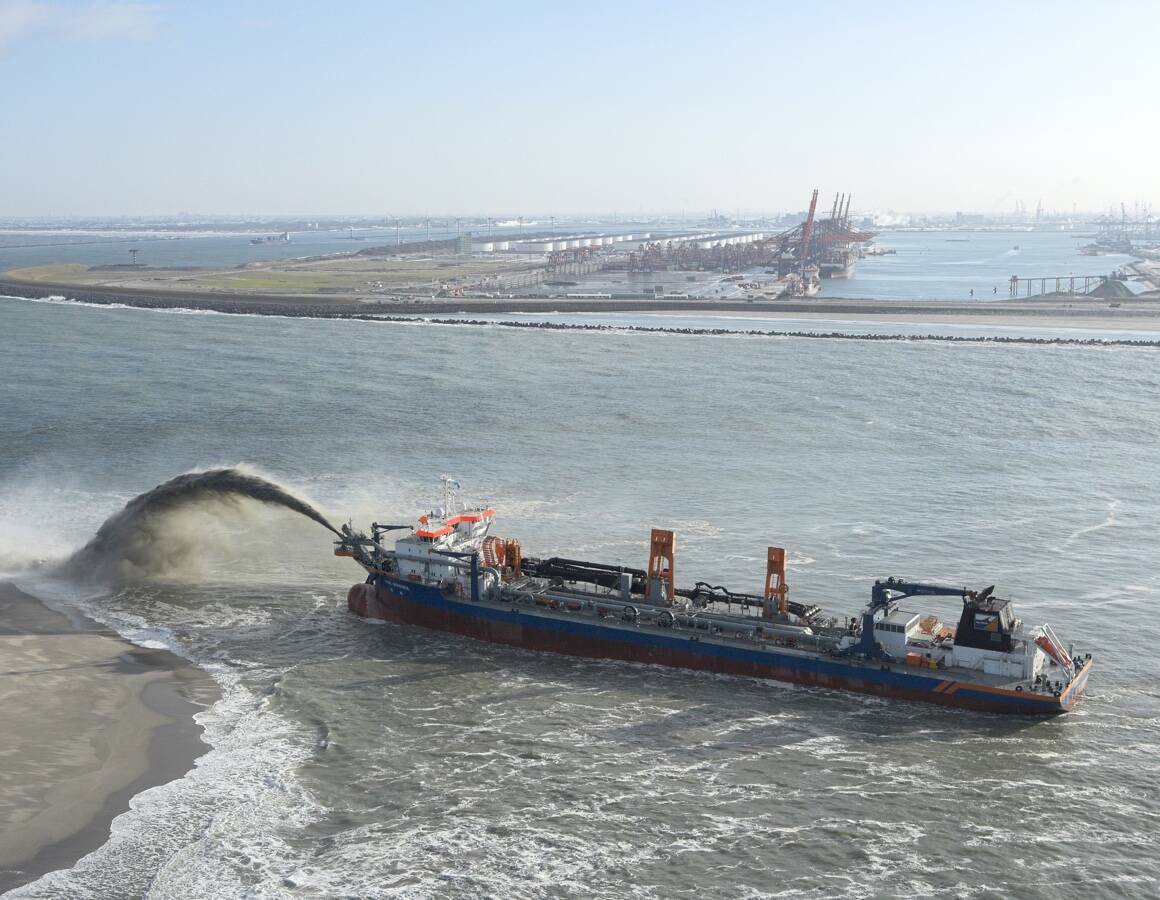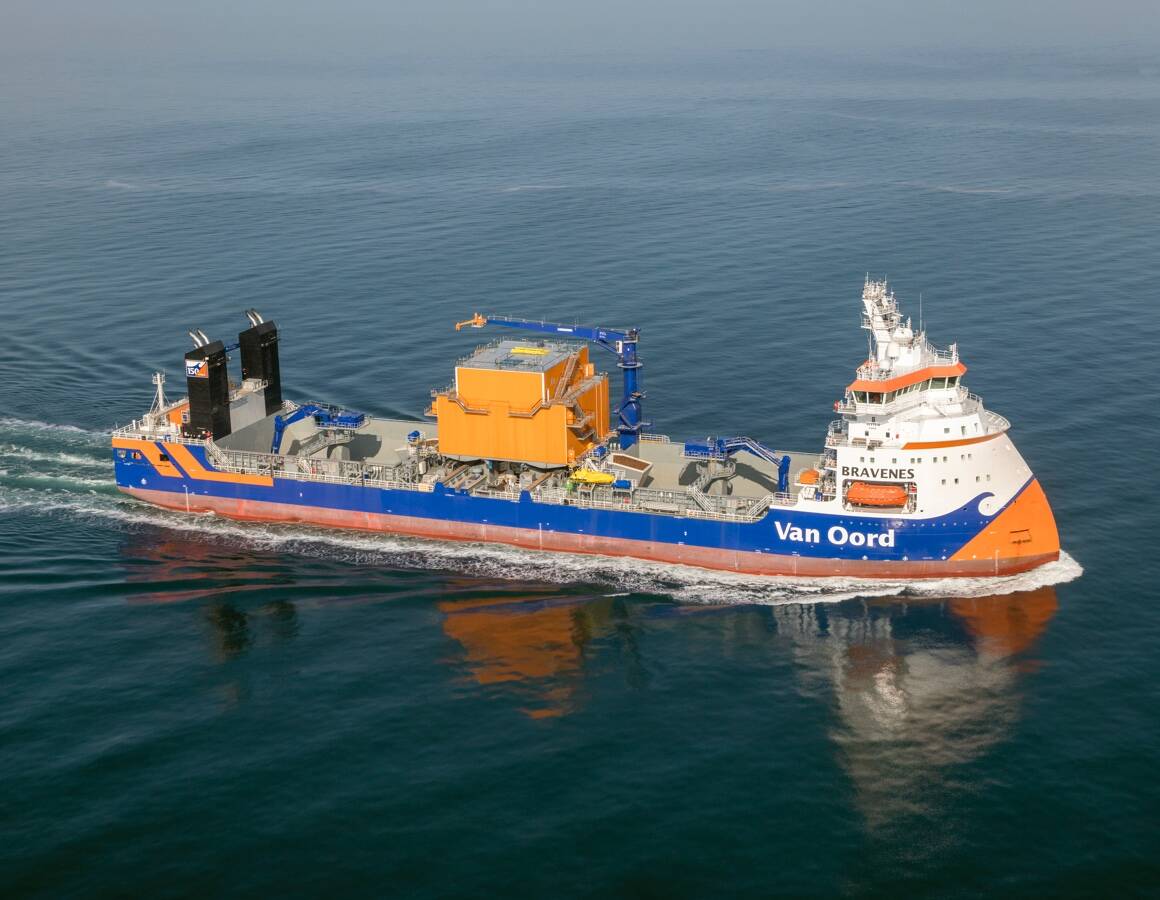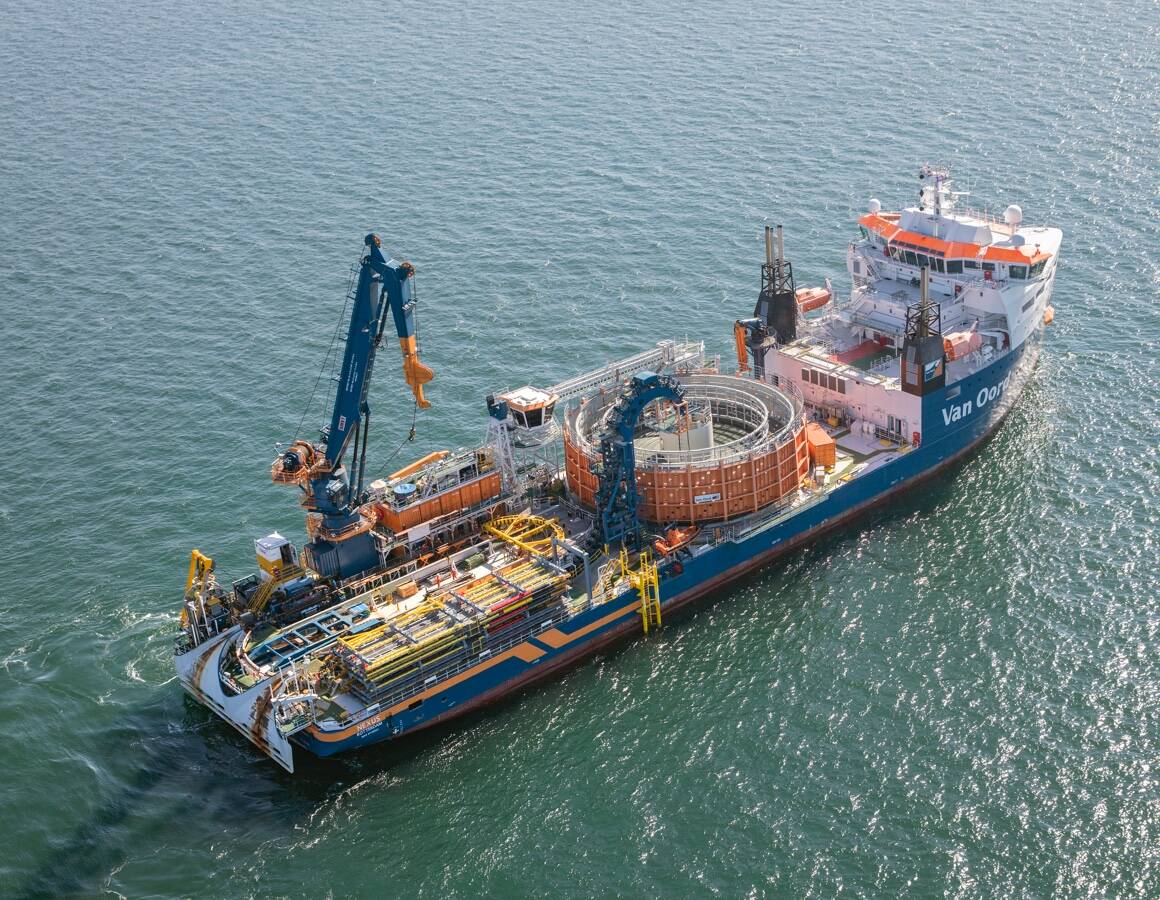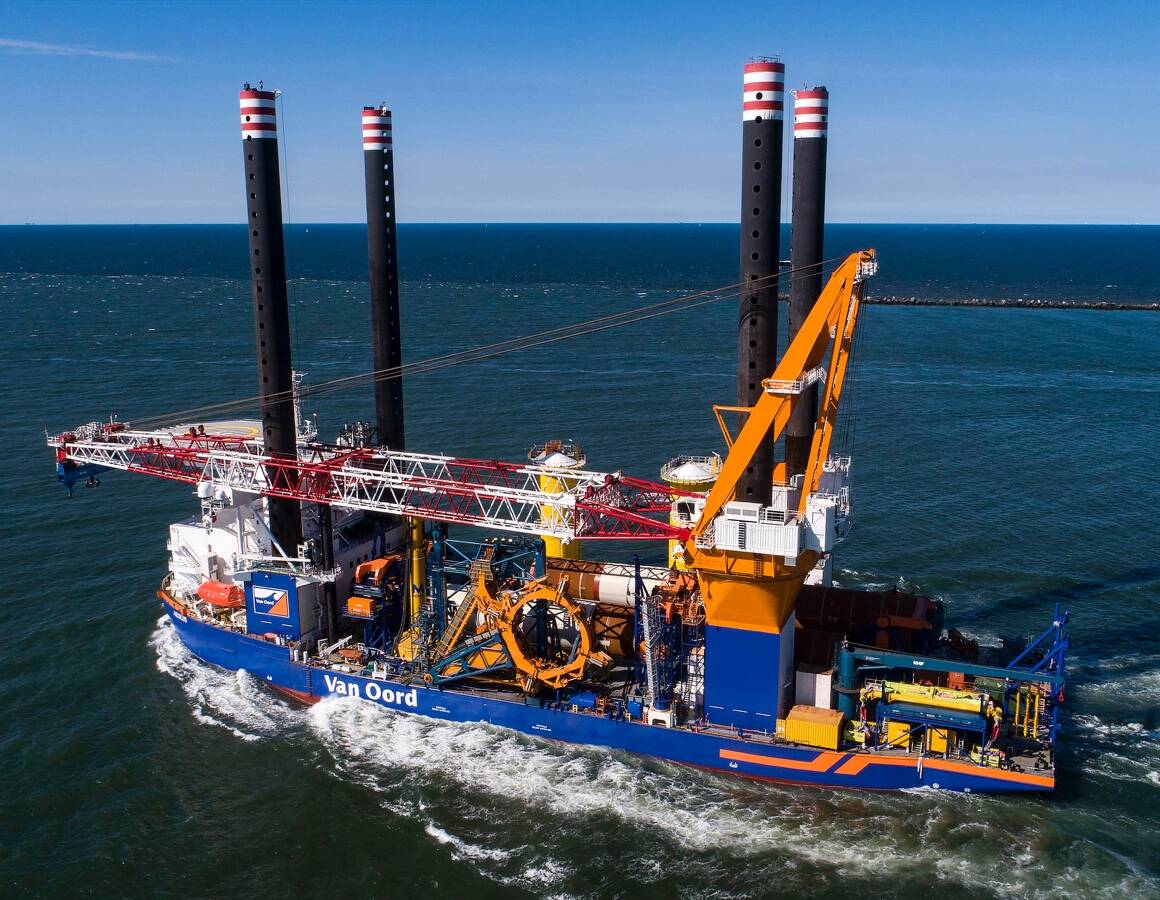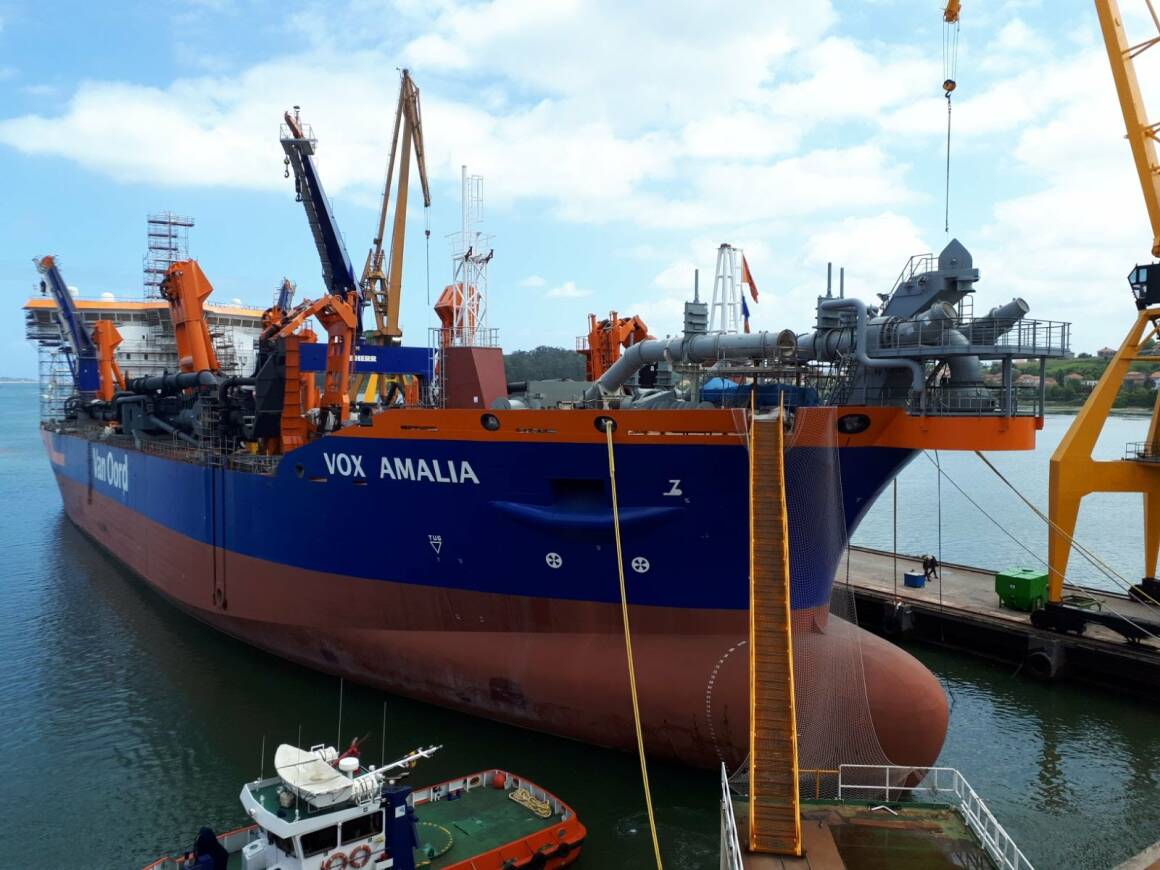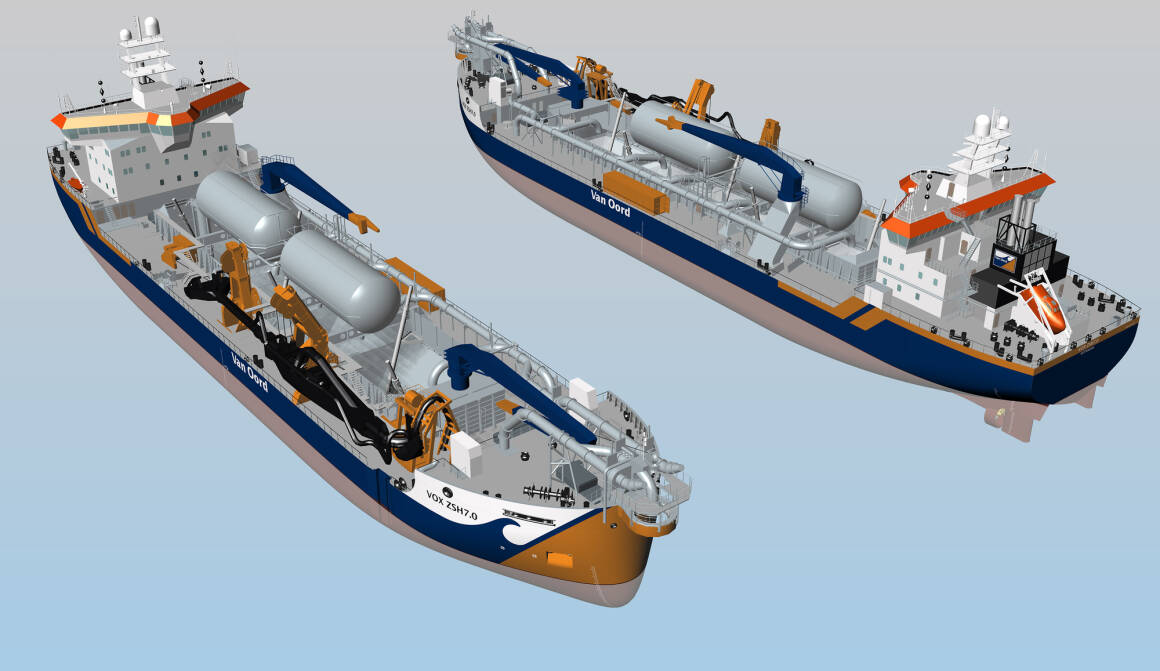Equipment










Van Oord is aiming to make its fleet more economical and energy efficient. Our new trailing suction hopper dredgers are an example of our sustainability ambitions, because they will reduce our fuel consumption and our carbon footprint. These state-of-the-art vessels boost the mid-class section of our fleet of trailing suction hopper dredgers.
Sustainable dredging fleet
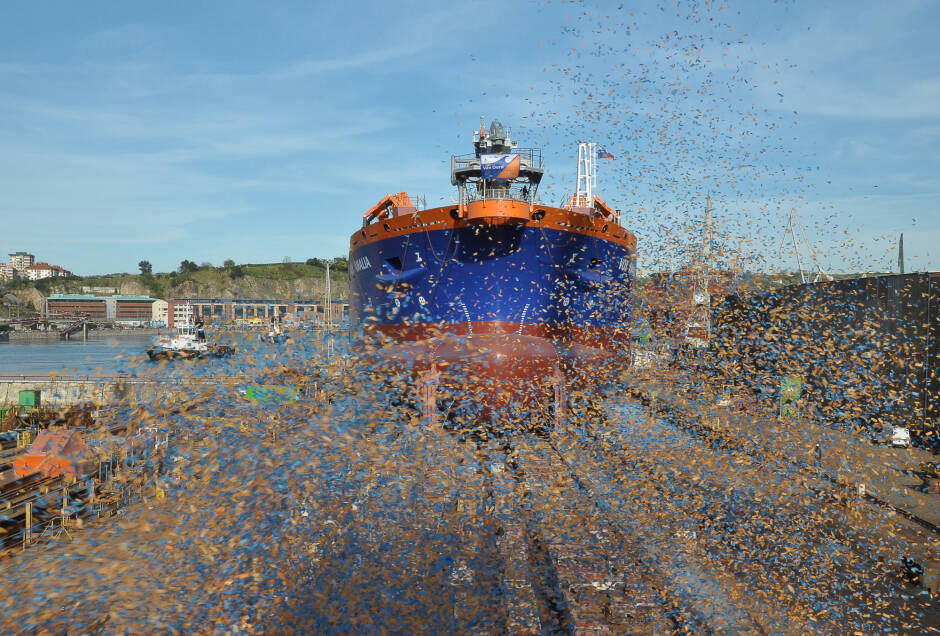

The British industrial revolution and the pumps developed in France sparked a revolution in dredging equipment in the nineteenth century.
Getting started with steam


Our fleet has seen a long history. We have come from manual labour, through steam power and fossil fuels to liquified natural gas (LNG) at present. And who knows what the future holds…
Full steam ahead
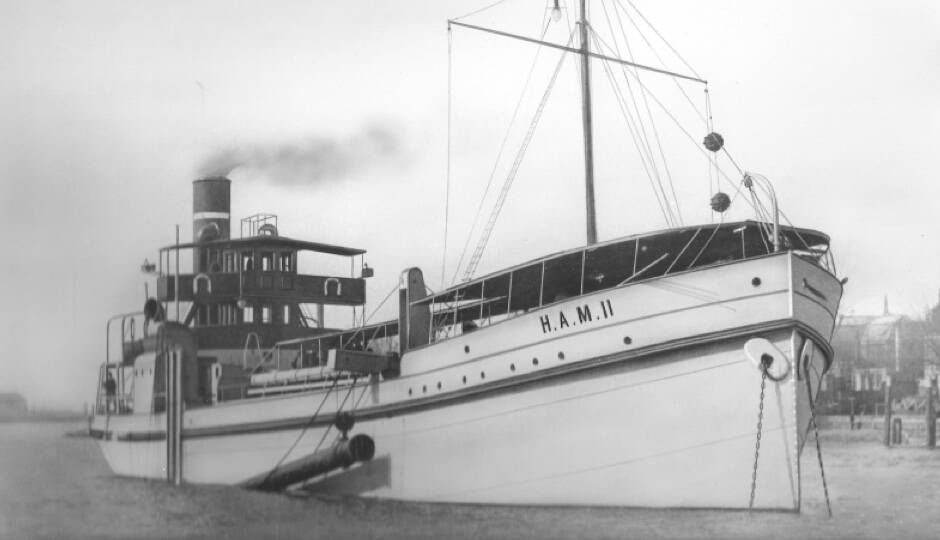

In the 1970s, the Middle East became a major exporter of fossil fuels. Maritime transport required new and improved infrastructure. Heavy cutter suction dredgers were developed to overcome the limitations of mere suction dredgers, which were unable to deal with harder soils.
Cutting solid ground
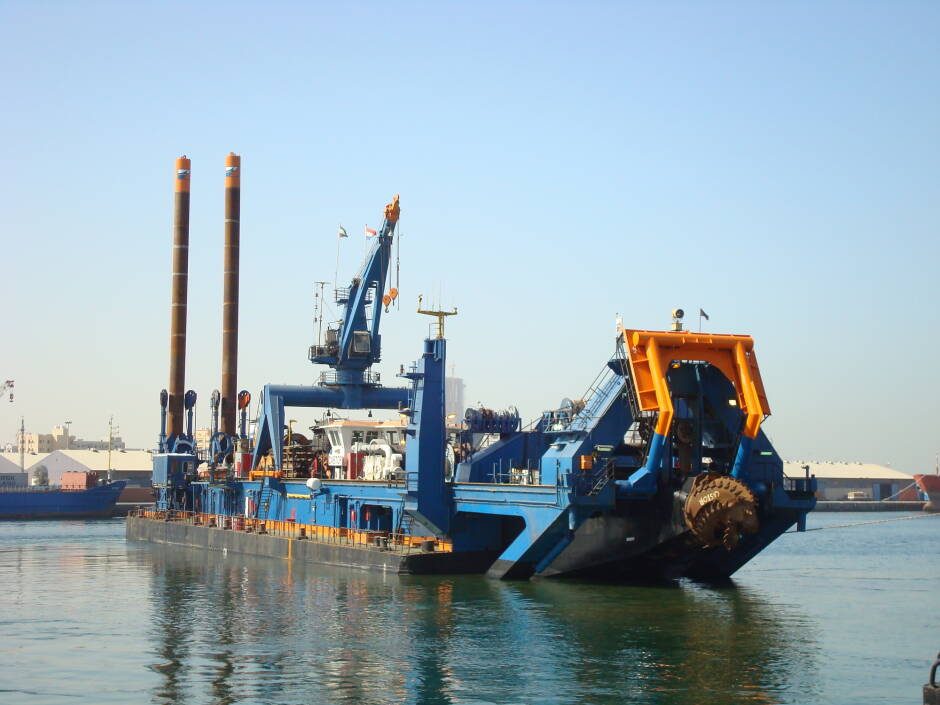

Although the first trailing suction hopper dredgers were built in the USA in the early 1950s they were further developed in the strong Dutch maritime cluster, in which we work closely together with schools and universities, research laboratories and ship builders.
Introducing the trailing suction hopper dredger


Pipelines and monopiles on the bottom of the sea need protection against the elements. We use rock to protect underwater structures. The fallpipe 1.0 was an in-house innovation for installing rock precisely where it was needed. The 2.0 version is a flexible fallpipe that can work even more accurately at greater depths. As the market leader, we work constantly to improve our service to clients in the offshore industry.
Like a rolling stone


Rainbowing is a technique in which we deposit soil by pumping it over the bow of the vessel. It is used for reclaiming land where the water is too shallow for our vessels. We used rainbowing extensively to construct the artificial islands Palm Jumeirah and The World in Dubai.
The beautiful colours of the rainbow
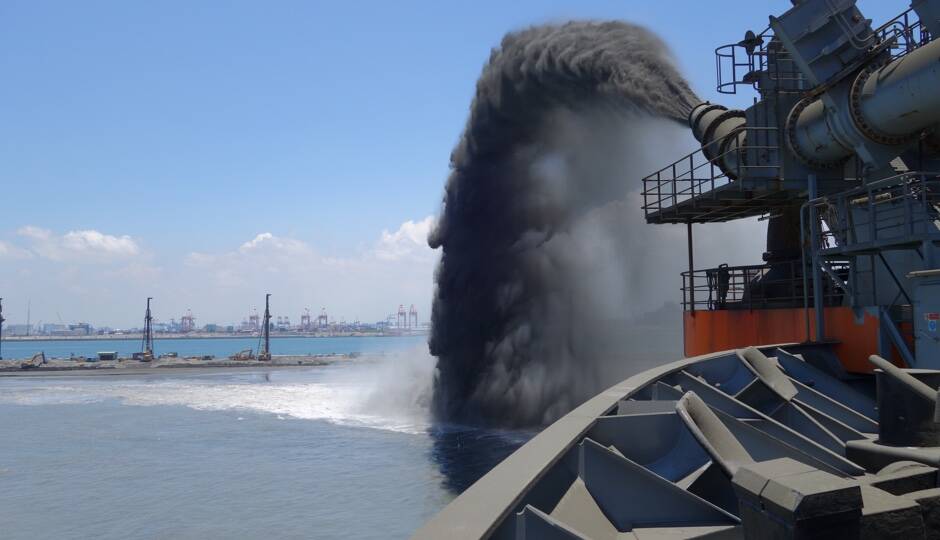

The growing world population needs more space and the demand for energy is rising. A renewable energy system is essential to providing the energy we’ll need in the future. The latest generation of vessels has upgraded our fleet and improved our competitiveness in dredging and offshore wind, oil and gas.
On course for the future
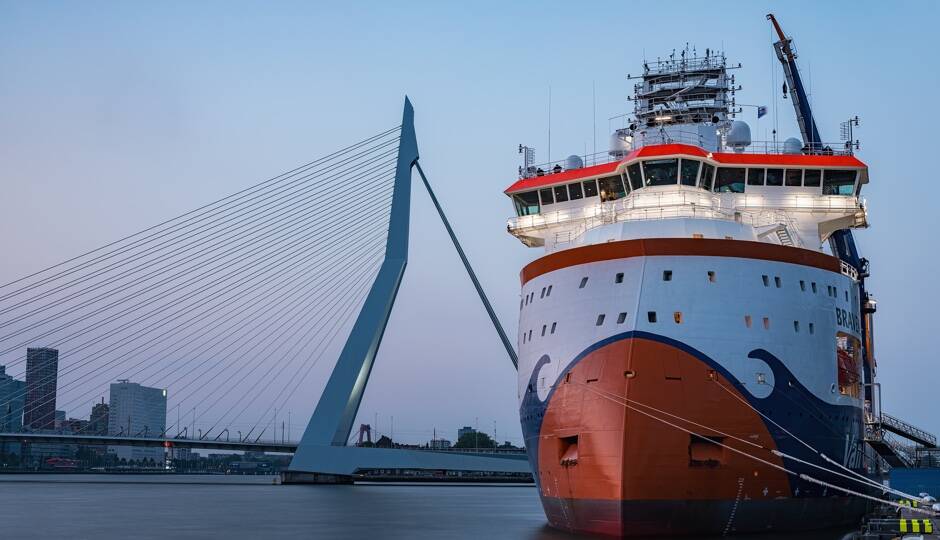

The demand for energy is growing and a renewable energy system is essential to providing the energy we’ll need in the future. Van Oord’s strategy is to continue expanding its role as an EPC contractor for the construction of offshore wind parks. Specialised offshore wind equipment is the basis of our leading position.
To go like the wind
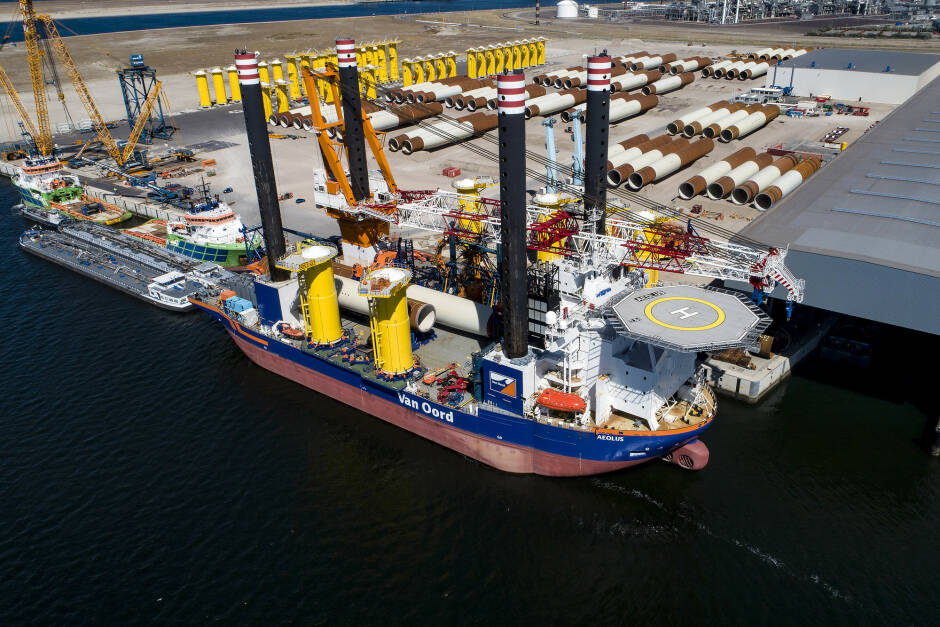


















1865
1950
1985
2000
2018



Over the past 150 years, our equipment has undergone an evolution from straightforward vessels like fishing boats to innovative floating plants developed in-house and offering the comfort of a ‘cruise ship at sea’. Explore our heritage and discover how we built our state-of-the-art fleet.
Evolution of vessels





























Equipment










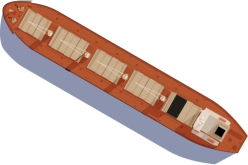






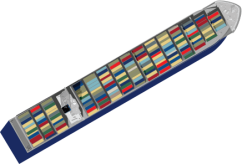




1865
The British industrial revolution and the pumps developed in France sparked a revolution in dredging equipment in the nineteenth century.
Getting started with steam
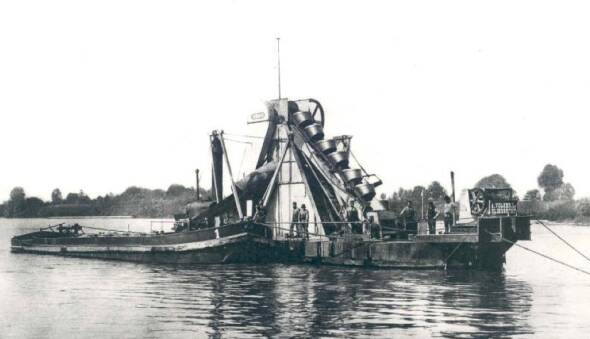
Our fleet has seen a long history. We have come from manual labour, through steam power and fossil fuels to liquified natural gas (LNG) at present. And who knows what the future holds…
Full steam ahead
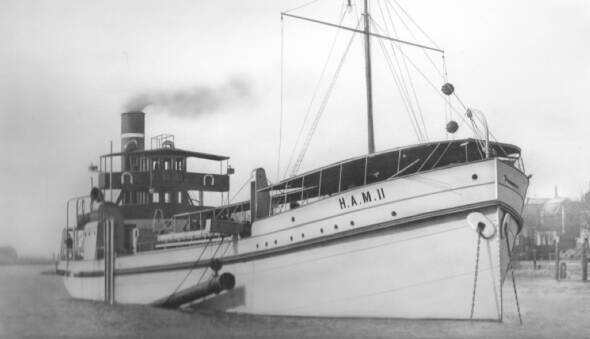
1950
In the 1970s, the Middle East became a major exporter of fossil fuels. Maritime transport required new and improved infrastructure. Heavy cutter suction dredgers were developed to overcome the limitations of mere suction dredgers, which were unable to deal with harder soils.
Cutting solid ground
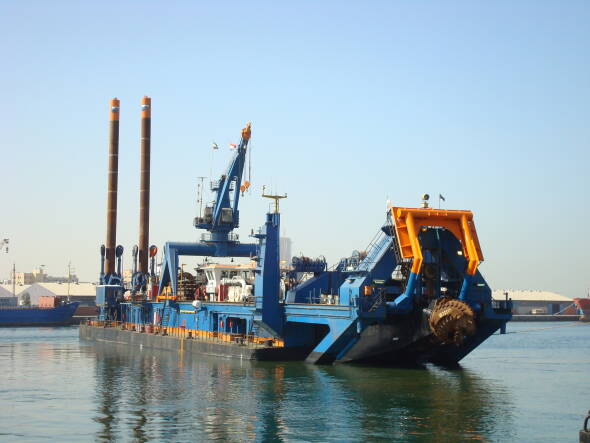
Although the first trailing suction hopper dredgers were built in the USA in the early 1950s they were further developed in the strong Dutch maritime cluster, in which we work closely together with schools and universities, research laboratories and ship builders.
Introducing the trailing suction hopper dredger
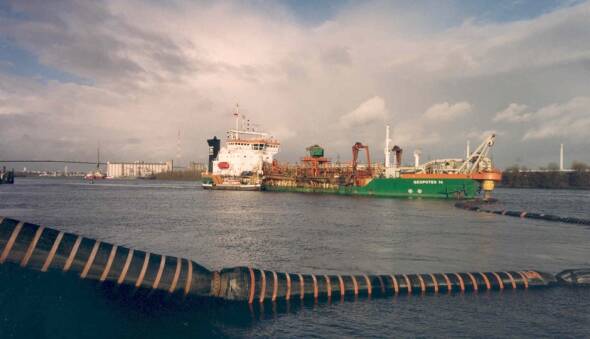
1985
Pipelines and monopiles on the bottom of the sea need protection against the elements. We use rock to protect underwater structures. The fallpipe 1.0 was an in-house innovation for installing rock precisely where it was needed. The 2.0 version is a flexible fallpipe that can work even more accurately at greater depths. As the market leader, we work constantly to improve our service to clients in the offshore industry.
Like a rolling stone
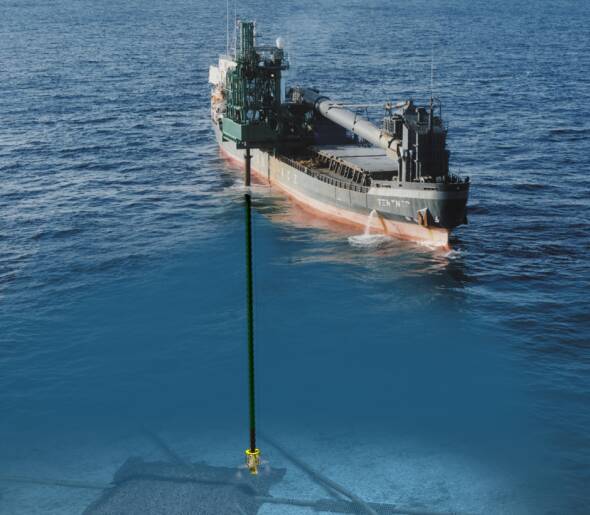
Rainbowing is a technique in which we deposit soil by pumping it over the bow of the vessel. It is used for reclaiming land where the water is too shallow for our vessels. We used rainbowing extensively to construct the artificial islands Palm Jumeirah and The World in Dubai.
The beautiful colours of the rainbow
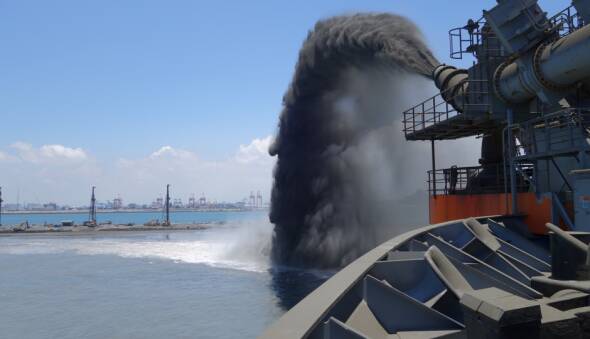
2000
The growing world population needs more space and the demand for energy is rising. A renewable energy system is essential to providing the energy we’ll need in the future. The latest generation of vessels has upgraded our fleet and improved our competitiveness in dredging and offshore wind, oil and gas.
On course for the future
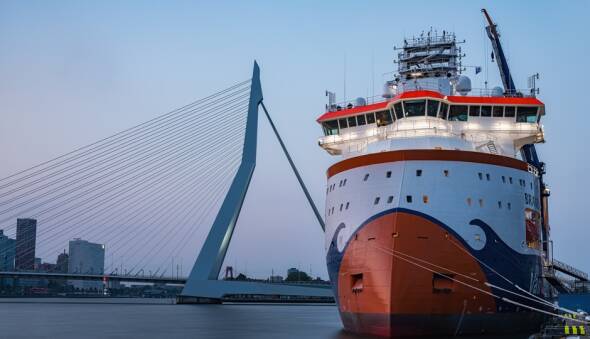
The demand for energy is growing and a renewable energy system is essential to providing the energy we’ll need in the future. Van Oord’s strategy is to continue expanding its role as an EPC contractor for the construction of offshore wind parks. Specialised offshore wind equipment is the basis of our leading position.
To go like the wind
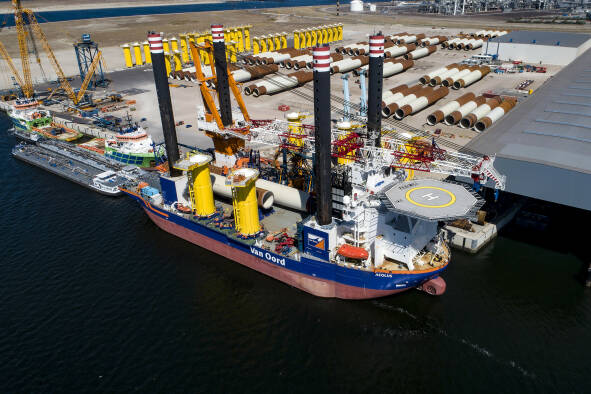
Van Oord is aiming to make its fleet more economical and energy efficient. Our new trailing suction hopper dredgers are an example of our sustainability ambitions, because they will reduce our fuel consumption and our carbon footprint. These state-of-the-art vessels boost the mid-class section of our fleet of trailing suction hopper dredgers.
Sustainable dredging fleet
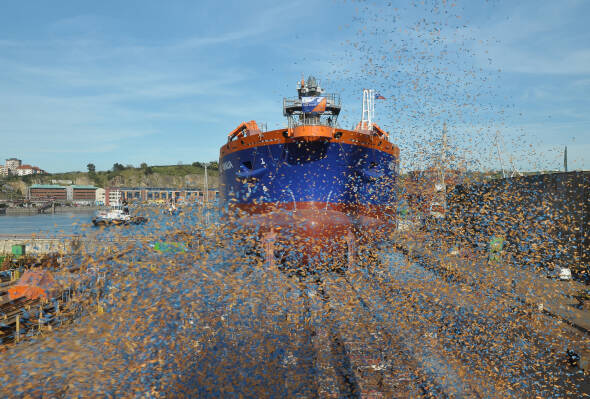
2018

Over the past 150 years, our equipment has undergone an evolution from straightforward vessels like fishing boats to innovative floating plants developed in-house and offering the comfort of a ‘cruise ship at sea’. Explore our heritage and discover how we built our state-of-the-art fleet.




















